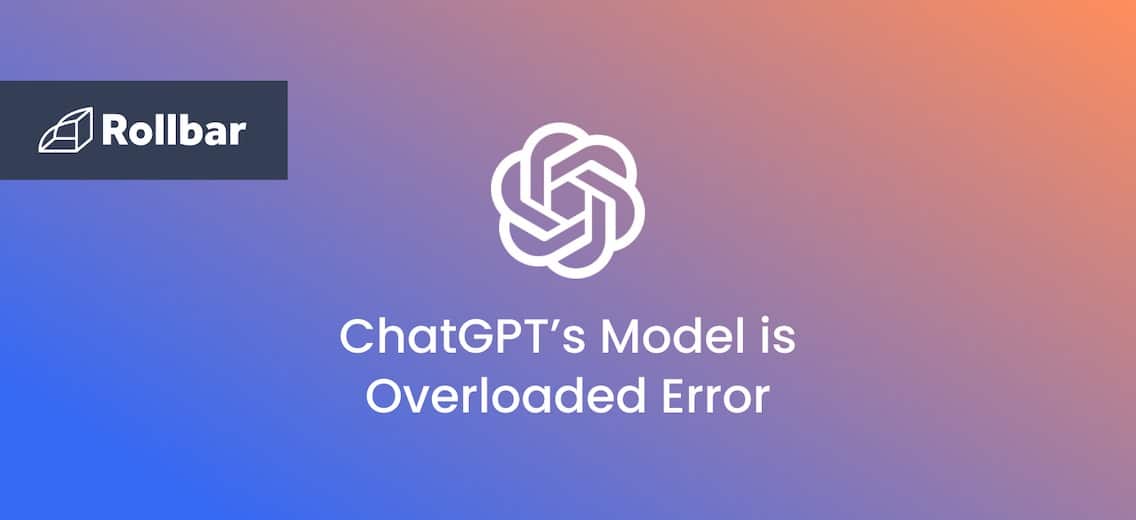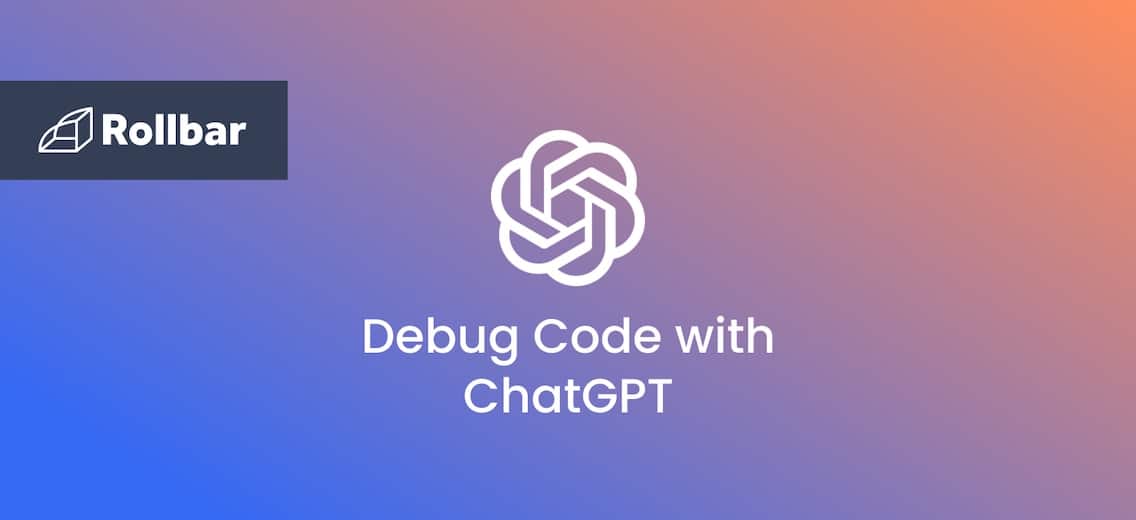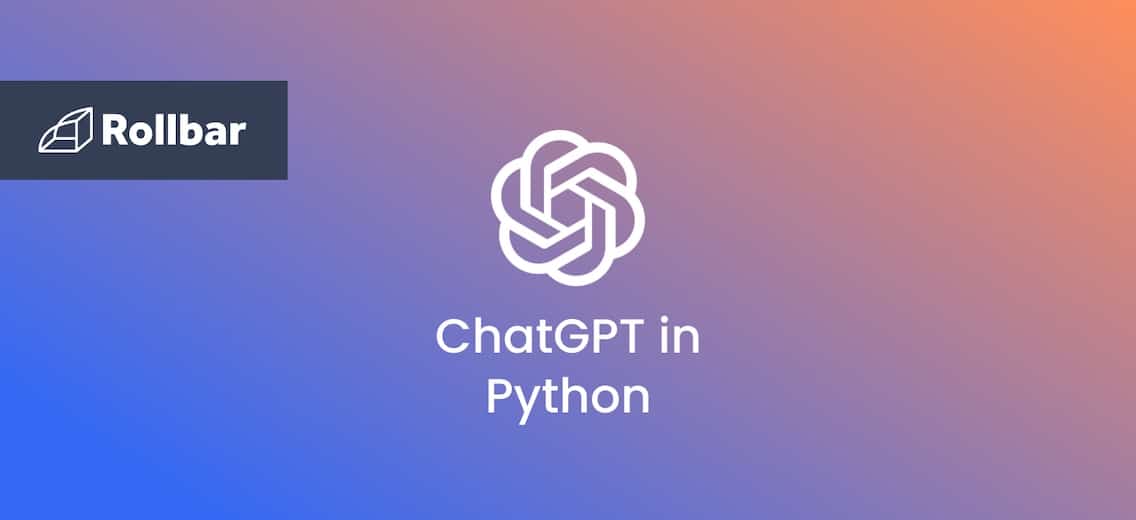ChatGPT is a champ, but sometimes, it needs a breather. Here's what you need to know about the Model is Overloaded error and how to give it that breather.
What does the "Model is Overloaded" error mean?
The Model is overloaded with other requests error occurs when the OpenAI API is under a lot of stress from concurrently high user demand. In such a scenario, the model may struggle to produce timely and accurate responses, leading to this error message.
What causes the “Model is Overloaded” error?
There are a few potential root causes of the model overloaded error:
- Increased user traffic: The model may get overloaded whenever there is a rapid increase in user traffic or a large number of concurrent requests. This happens when the model is being used by an excessive number of users at once, stressing its processing power.
- Complex or lengthy prompts: The model might struggle to process lengthy or complex user requests, which would increase computational work and possibly overburden the system.
- Hardware or infrastructure limitations: OpenAI splits traffic between servers located in different regions. You may have landed on a server that currently has resource restrictions. Due to insufficient CPU or RAM, the model may become overloaded, resulting in the error.
- System maintenance: There may be scheduled or unscheduled maintenance on their servers. You could check the status page for any announcements.
Example: “Model is Overloaded” error
The below Java code makes HTTP requests to the OpenAI GPT-3.5 API endpoint to send messages and receive responses. It tries to have a conversation with the model about fibonacci numbers but gets the “model is overloaded” error.
import java.io.*;
import java.net.HttpURLConnection;
import java.net.URL;
public class ChatGPTAPIExample {
public static String chatGPT(String prompt) {
String url = "https://api.openai.com/v1/chat/completions";
String apiKey = "YOUR API KEY";
String model = "gpt-3.5-turbo";
try {
URL obj = new URL(url);
HttpURLConnection connection = (HttpURLConnection) obj.openConnection();
connection.setRequestMethod("POST");
connection.setRequestProperty("Authorization", "Bearer " + apiKey);
connection.setRequestProperty("Content-Type", "application/json");
// The request body
String body = "{\"model\": \"" + model + "\", \"messages\": [{\"role\": \"user\", \"content\": \"" + prompt + "\"}]}";
connection.setDoOutput(true);
OutputStreamWriter writer = new OutputStreamWriter(connection.getOutputStream());
writer.write(body);
writer.flush();
writer.close();
int responseCode = connection.getResponseCode();
if (responseCode == 429) {
return "ERROR: Too Many requests";
}
else if(responseCode == 503){
return "ERROR: \"Service Unavailable\" error due to server or model overload";
}else if (responseCode == HttpURLConnection.HTTP_OK) {
// Response from ChatGPT
BufferedReader br = new BufferedReader(new InputStreamReader(connection.getInputStream()));
String line;
StringBuffer response = new StringBuffer();
while ((line = br.readLine()) != null) {
response.append(line);
}
br.close();
// Calls the method to extract the message.
return extractMessageFromJSONResponse(response.toString());
} else {
throw new IOException("Server returned HTTP response code: " + responseCode + " for URL: " + url);
}
} catch (IOException e) {
throw new RuntimeException(e);
}
}
public static String extractMessageFromJSONResponse(String response) {
int start = response.indexOf("content")+ 11;
int end = response.indexOf("\"", start);
return response.substring(start, end);
}
public static void main(String[] args) {
System.out.println(chatGPT("hello, how are you? Can you tell what's a Fibonacci Number"));
try {
Thread.sleep(1000); // Introduce a 1-second delay
} catch (InterruptedException e) {
e.printStackTrace();
}
System.out.println(chatGPT("Is it the same as the factorial of a number?"));
try {
Thread.sleep(1000); // Introduce a 1-second delay
} catch (InterruptedException e) {
e.printStackTrace();
}
System.out.println(chatGPT("Is it the same as an Armstrong number?"));
try {
Thread.sleep(1000); // Introduce a 1-second delay
} catch (InterruptedException e) {
e.printStackTrace();
}
}
}
Output:
c:\users\name\IdeaProjects\myJavaProject\out\production\myJavaProject ChatGPTAPIExample
ERROR: “Service Unavailable” error due to server or model overload
ERROR: “Service Unavailable” error due to server or model overload
ERROR: “Service Unavailable” error due to server or model overload
Process finished with exit code 0
Due to the overloaded server, you get a 503 HTTP response code.
How to handle the “Model is Overloaded” error
To overcome the above error you can wait and retry to make the request to the API. Do this by increasing the delay time to 5 seconds before making a subsequent request.
import java.io.*;
import java.net.HttpURLConnection;
import java.net.URL;
public class ChatGPTAPIExample {
public static String chatGPT(String prompt) {
String url = "https://api.openai.com/v1/chat/completions";
String apiKey = "YOUR API KEY";
String model = "gpt-3.5-turbo";
try {
URL obj = new URL(url);
HttpURLConnection connection = (HttpURLConnection) obj.openConnection();
connection.setRequestMethod("POST");
connection.setRequestProperty("Authorization", "Bearer " + apiKey);
connection.setRequestProperty("Content-Type", "application/json");
// The request body
String body = "{\"model\": \"" + model + "\", \"messages\": [{\"role\": \"user\", \"content\": \"" + prompt + "\"}]}";
connection.setDoOutput(true);
OutputStreamWriter writer = new OutputStreamWriter(connection.getOutputStream());
writer.write(body);
writer.flush();
writer.close();
int responseCode = connection.getResponseCode();
if (responseCode == 429) {
return "ERROR: Too Many requests";
}
else if(responseCode == 503){
return "ERROR: \"Service Unavailable\" error due to server or model overload";
}else if (responseCode == HttpURLConnection.HTTP_OK) {
// Response from ChatGPT
BufferedReader br = new BufferedReader(new InputStreamReader(connection.getInputStream()));
String line;
StringBuffer response = new StringBuffer();
while ((line = br.readLine()) != null) {
response.append(line);
}
br.close();
// Calls the method to extract the message.
return extractMessageFromJSONResponse(response.toString());
} else {
throw new IOException("Server returned HTTP response code: " + responseCode + " for URL: " + url);
}
} catch (IOException e) {
throw new RuntimeException(e);
}
}
public static String extractMessageFromJSONResponse(String response) {
int start = response.indexOf("content")+ 11;
int end = response.indexOf("\"", start);
return response.substring(start, end);
}
public static void main(String[] args) {
System.out.println(chatGPT("hello, how are you? Can you tell what's a Fibonacci Number"));
try {
Thread.sleep(5000); // Introduce a 5-second delay
} catch (InterruptedException e) {
e.printStackTrace();
}
System.out.println(chatGPT("Is it the same as the factorial of a number?"));
try {
Thread.sleep(5000); // Introduce a 5-second delay
} catch (InterruptedException e) {
e.printStackTrace();
}
System.out.println(chatGPT("Is it the same as an Armstrong number?"));
try {
Thread.sleep(5000); // Introduce a 5-second delay
} catch (InterruptedException e) {
e.printStackTrace();
}
}
}
Besides the wait and retry approach with a fixed delay period, OpenAI also suggests you use exponential back-off logic in your code (introducing longer delays if your first few retries fail) to catch and retry failed requests.
Add error monitoring for any code that goes to production
It's a best practice to monitor exceptions that occur when interacting with any external API. For example, the API might be temporarily unavailable, or the expected parameters or response format may have changed and you might need to update your code, and your code should be the thing to tell you about this. Here's how to do it with Rollbar:
Step 1: Set up your account on Rollbar and obtain the Rollbar access token.
Step 2: Add the Rollbar Java SDK dependency to your Java project and to the build configuration file (for example, the Maven pom.xml or the Gradle build.gradle). Here is an illustration for Maven:
<dependency>
<groupId>com.rollbar</groupId>
<artifactId>rollbar-java</artifactId>
<version>1.10.0</version>
</dependency>
Step 3: Next, setup the Rollbar configuration with your Java code that interacts with the ChatGPT API
import com.rollbar.notifier.Rollbar;
import com.rollbar.notifier.config.Config;
import com.rollbar.notifier.config.ConfigBuilder;
public class ChatGPTExample {
public static void main(String[] args) {
// Configure Rollbar
Config rollbarConfig =
ConfigBuilder.withAccessToken("YOUR_ROLLBAR_ACCESS_TOKEN")
.environment("production")
.build();
Rollbar rollbar = new Rollbar(rollbarConfig);
try {
// Code for interacting with the ChatGPT API
} catch (Exception e) {
rollbar.error(e);
} finally {
rollbar.close();
}
}
}
Make sure you replace the YOUR_ROLLBAR_ACCESS_TOKEN with your access token obtained from Rollbar.
To get your Rollbar access token, sign up for free and follow the instructions for Java.
We can't wait to see what you build with ChatGPT. Happy coding!








